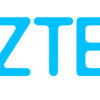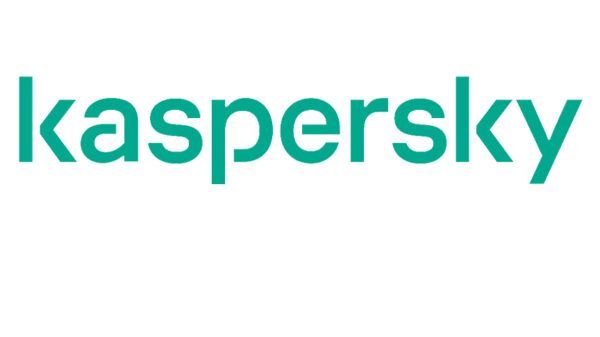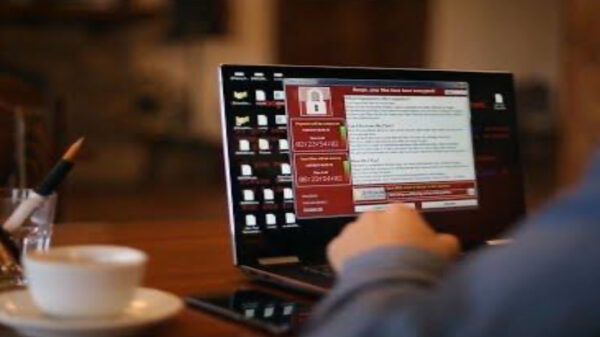In large companies, the IT department usually handles the tasks of installing and configuring business software for every one of its computers. For a small team, however, having even one dedicated specialist may prove to be an unjustified luxury. Most SMB companies have to make do with a revolving cast of part-time system administrators (sysadmins), who are not always available. So in some cases employees have to set up their own workplace software.
But not everybody knows how to set up a complex solution, even with a manual. If something goes wrong, if the admin is unreachable or missing, and nobody in the office is familiar with the problem, some employees may have the bright idea of calling in someone they know who’s good with computers.
Some companies without dedicated support staff actually consider that sort of thing normal — employees just pay for the services and get reimbursed later. Normal or not, such cases tend to involve granting remote access to the contractor, and that is a clear cause for concern.
Real threats of remote access
To begin with, you haven’t the faintest idea of just how qualified this IT contractor or handy friend-of-a-friend-of-an-employee is, how seriously they take their own security much less yours, and how reliable they are. By allowing your employees to invite random help — and delegate control of their computers — you put your entire corporate network at risk.
The remote sysadmin may accidentally come across your business correspondence, contract drafts, or other confidential documents. Their own computer may be compromised. You never know how they go about keeping credentials to your computer safe and who else might have access to it. And if their integrity is less than stellar, they could copy your important data or infect your system on purpose.
In search of a solution, your employee may also hit a false tech support website. These are very actively advertised on social media and themed forums.
As a result, your business may suffer serious financial and reputational losses. Data theft or damage alone is likely to cost you a pretty penny. Then, you also must consider personal information protection laws, which are nothing to sneeze at.
In addition, few people think to shut off remote access as soon as a problem is no more. And if a computer can be accessed from another location, attempts to access it are likely to follow — this time without your employee’s knowing. We have come across cases of such “specialists” wrecking their former clients’ machines to ensure they would again be contacted for help.
Never give remote access to people you don’t know and trust
Given limited resources, in some companies it may be impossible to completely avoid remote administration. But you can reduce the risk of cyber incident by enforcing rules that only trusted professionals may have access to your computers.
- When selecting an IT service provider, make sure you pick a reliable one. It is best to select MSP providers, not untested individuals. Use our partner search tool to find the providers we trust.
- Teach your employees that they must not make their workplace computers remotely accessible to anyone not specifically permitted by the company.
- Advise employees to shut off remote access as soon as a problem is solved. It is easy to do with modern systems.
- Use a reliable cybersecurity solution to manage apps remotely in a safe manner, block malicious resources, including false tech support websites, and detect other online threats.













































































































